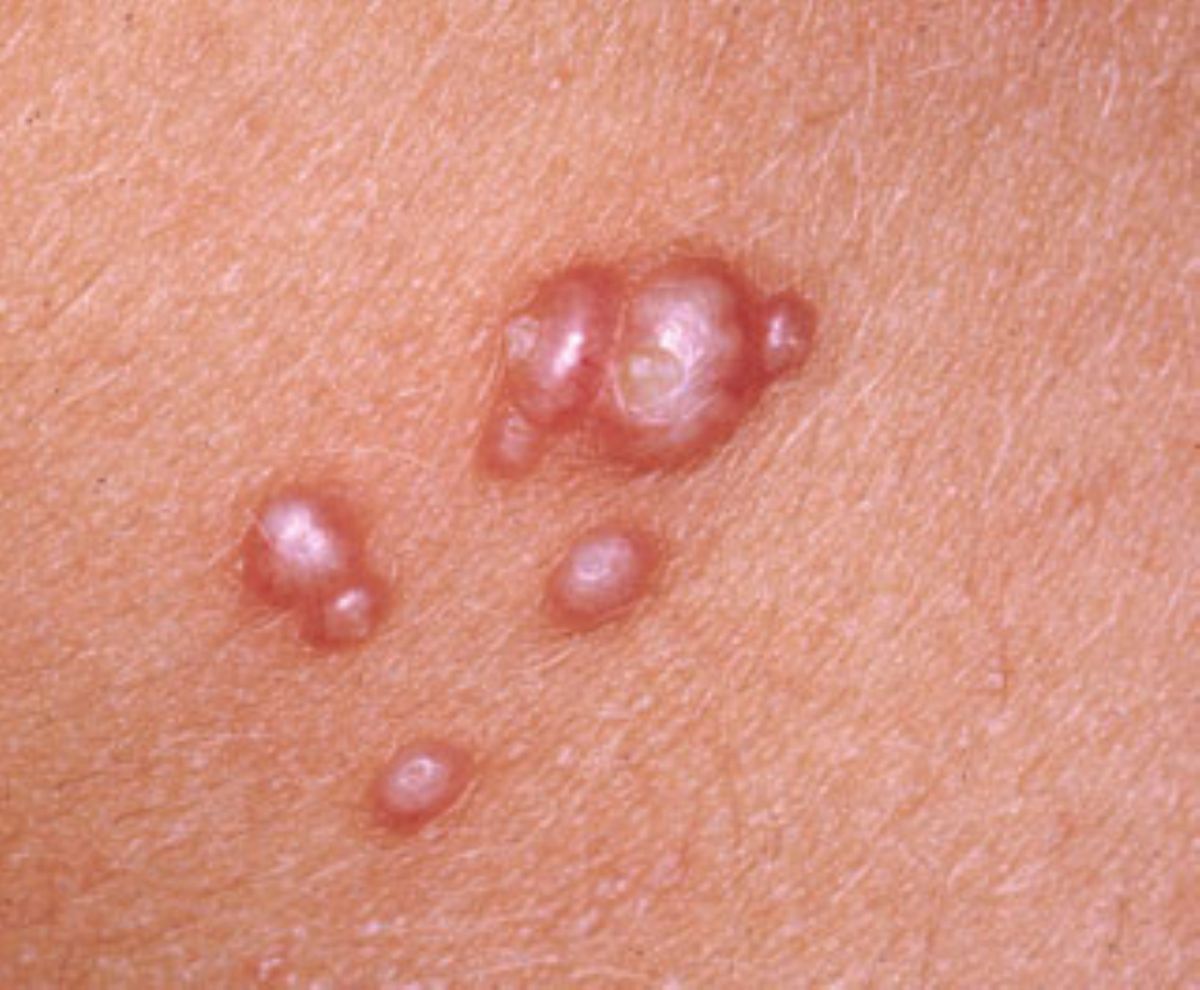
Causes of genital warts infection in children and adolescent boys and girls:
It is possible for children to be affected by genital warts. In some cases, when a person seeks medical advice, they may be shocked to hear that the cause of the infection is attributed to sexual contact, even though it can be transmitted through other means besides sexual contact. Unfortunately, such confirmation from doctors can be devastating for families, causing doubt and suspicion among those involved in the child's life.
Genital warts are caused by a specific type of human papillomavirus (HPV). There are more than 200 types of HPV, but only around 30-40 types specifically affect the genital area. Genital warts do not result from the same types of HPV that cause warts on the hands or feet.
Infection with genital warts typically occurs through various forms of sexual contact, including vaginal intercourse, anal intercourse (among individuals engaging in same-sex sexual activity), and oral sex. In rare cases, transmission can also occur from an infected mother to her baby during childbirth.
The incubation period of the virus can be long, extending over years, and the appearance of genital warts can vary from person to person. It can manifest either rapidly or slowly, depending on the individual's immune response and resistance to the virus causing genital warts.
What size are genital warts?
Genital warts typically appear as small, raised or flat growths or lesions around the opening of the vagina, anus, on the penis, scrotum, or occasionally in the thigh area. They can vary in size, being either solitary or multiple, and sometimes they can grow quite large. In some cases, they may cluster together, resembling a cauliflower or broccoli-like appearance. Genital warts are usually light-colored and painless.
The time between infection and the appearance of genital warts can vary from months to years, but it typically ranges from 1 to 6 months. Sometimes, genital warts may be discovered incidentally by parents or healthcare providers without the patient experiencing any noticeable symptoms. It's important to note that not all types of genital warts can cause cancer. Only about 10 to 15 out of the known 40 types of the virus are associated with an increased risk of cancer.
Are genital warts contagious among children?
Yes, it is highly contagious, especially through sexual contact with an infected person, from infected skin to healthy skin, through all forms of sexual contact, including oral-genital contact (both giving and receiving). Usually, the warts appear after weeks to months and can persist for years from the time of contact. Not everyone who is exposed to the infection will develop visible warts, but the risk is significant, with more than 60% of cases being affected.
In the United States, for example, the infection rate with this virus reaches 38% among females aged 14 to 24 years, which is the age range of sexual activity.
In the Arab world, there is no accurate statistical data on the prevalence, but it does exist. Based on my personal experience in treating many cases in the Arab world, the spread is more common through anal infection first and then spreads to other genital areas.
The most dangerous cases in which the virus spreads are those where infection occurs through the ejaculation of semen into the rectum during anal intercourse.
It should also be emphasized that there have been reported cases of children being infected through warts found on their hands. Additionally, there have been recent studies published in late 2013 that suggest other modes of transmission through contaminated clothing or the use of public restrooms contaminated with the virus.
Therefore, it is always important to exercise caution and refrain from making definitive judgments about the causes and modes of infection. What was once believed to be true years ago regarding the methods of transmission and infection with the virus is now subject to questioning due to advancements in scientific knowledge and diagnostic techniques.
How to prevent genital warts among children?
Like all sexually transmitted diseases, genital warts can be prevented by avoiding suspicious sexual encounters in all forms. It has been observed in countries where prohibited sexual relationships are prevalent that using condoms provides only partial protection. Spermicidal foam or cream does not provide protection against this virus either.
There is now a vaccine available to prevent the virus, commonly referred to as the cervical cancer vaccine because it is the primary cause of this cancer. The vaccine is called GARDASIL and is administered to females between the ages of 9 and 26. It is given in three doses, with a six-month interval between each dose. However, the vaccine is not effective if the infection has already occurred, and it does not protect against all types of the virus. Therefore, females at risk are advised to undergo regular cervical screenings despite receiving the vaccine.
In modern medicine, the treatment of genital warts typically requires multiple therapy sessions, and there is no definitive cure as these treatments only remove the visible warts and do not eliminate the virus, which remains latent in the body. The most common treatment options available are:
It's important to note that even after treatment; there is a possibility of recurrence at any time. Therefore, healthcare providers cannot guarantee the complete eradication of warts or the prevention of their reappearance.
How much time does the infection need to appear?
The incubation period of the virus causing genital warts can vary. The infection may remain silent for a period of time before the warts appear, ranging from months to years. In females, the virus can persist in the genital tract for a lifetime. Some individuals with a strong immune response may effectively combat the virus, leading to its suppression and remaining latent without reactivation.
When to seek medical advice?
It is always advisable to seek medical advice whenever there is suspicion of genital warts. The matter should be taken seriously and treated appropriately.
What does it mean to have genital warts in a child?
It is important to note that the presence of genital warts in a child does not automatically indicate child abuse or sexual assault. Genital warts can have various causes, including non-sexual transmission. However, if genital warts are observed in a young child or teenager, it is crucial to consider the possibility of sexual abuse and take appropriate actions to protect the child. Reporting the situation to the relevant authorities responsible for child protection is recommended. They can conduct a thorough investigation to ensure the safety and well-being of the child.
In alternative medicine, it is believed that issues related to genital warts should be treated wisely by parents, by protecting children and teenagers from sexual exploitation, and by actively addressing the virus causing genital warts in their bodies.
The available treatment in alternative medicine involves the use of homeopathic remedies. The goals of this approach are:
Benefits of herbal treatment for genital warts in children:
What happens to children during the treatment?
Firstly:
The anxiety and fear that accompany the infection subside, and the child begins to return to normal life without any psychological impact.
Secondly:
Internal warts start to disappear, relieving any pain or discomfort if present.
Thirdly:
External genital warts undergo a color change, turning from brown to black, while their size gradually diminishes and eventually they fall off without leaving any scars or traces.
It is very important to continue the treatment for a full month or two after the disappearance of genital warts to ensure complete eradication of the virus from the body.
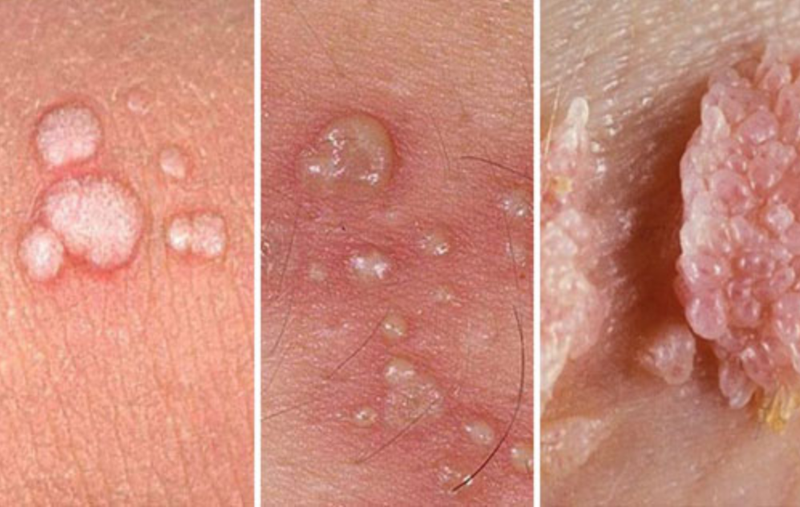
Treatment of genital warts in women:
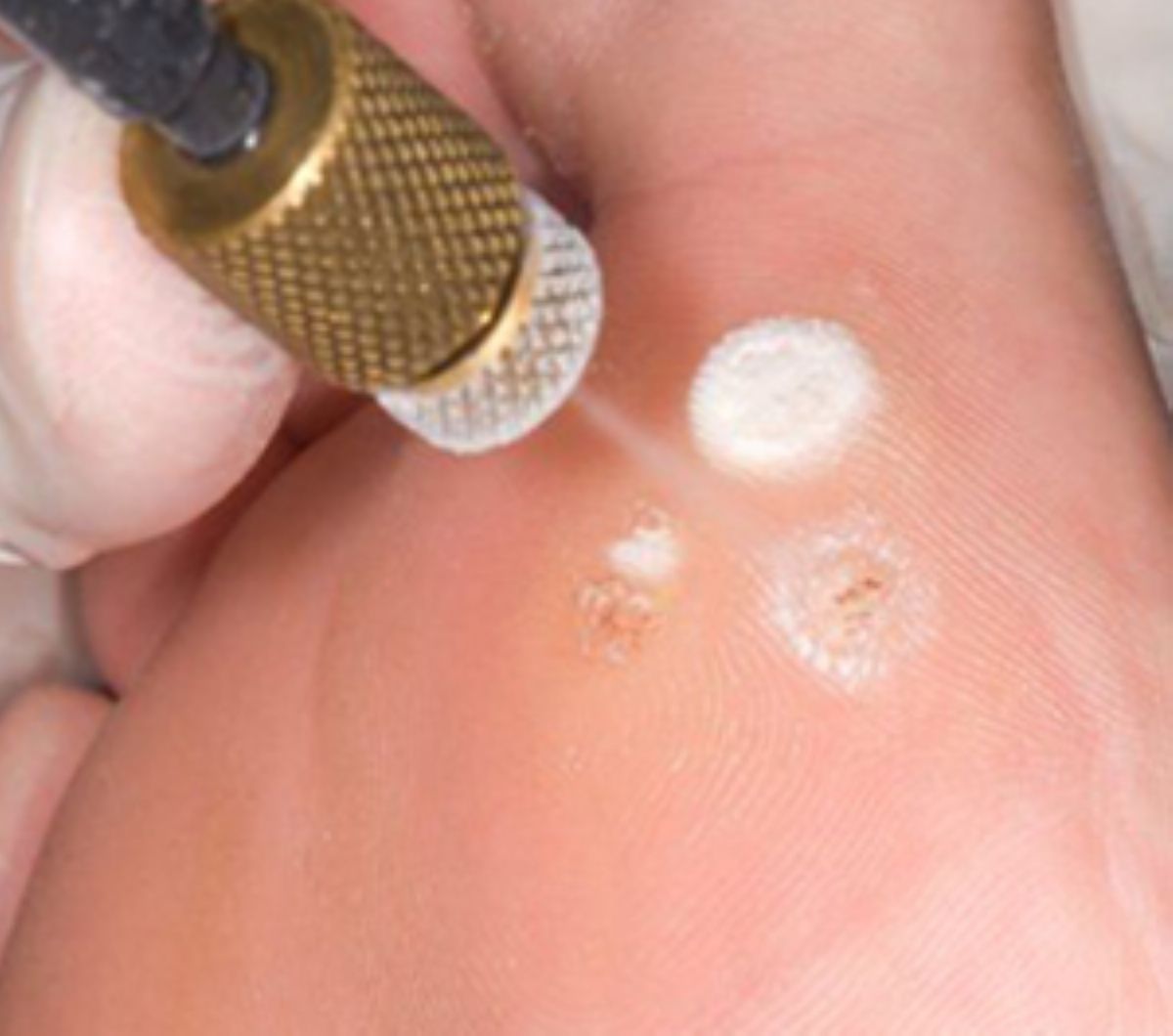
The steps to remove genital warts using cryotherapy

The most commonly searched and asked questions on Google regarding warts, moles, and genital warts, herbal treatment for warts.
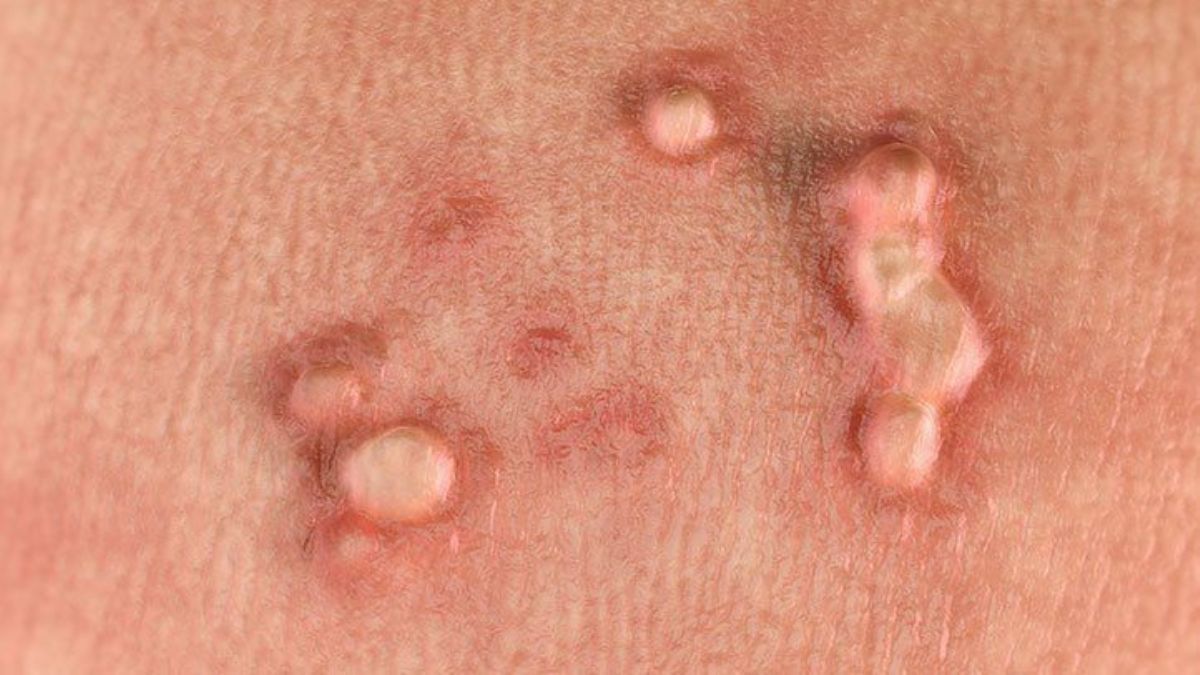
The definition of genital warts and their causes:

Frequently Asked Questions about Genital Wart Treatment:

Our Treatment VS Oregano oil

Medical treatment for genital warts:
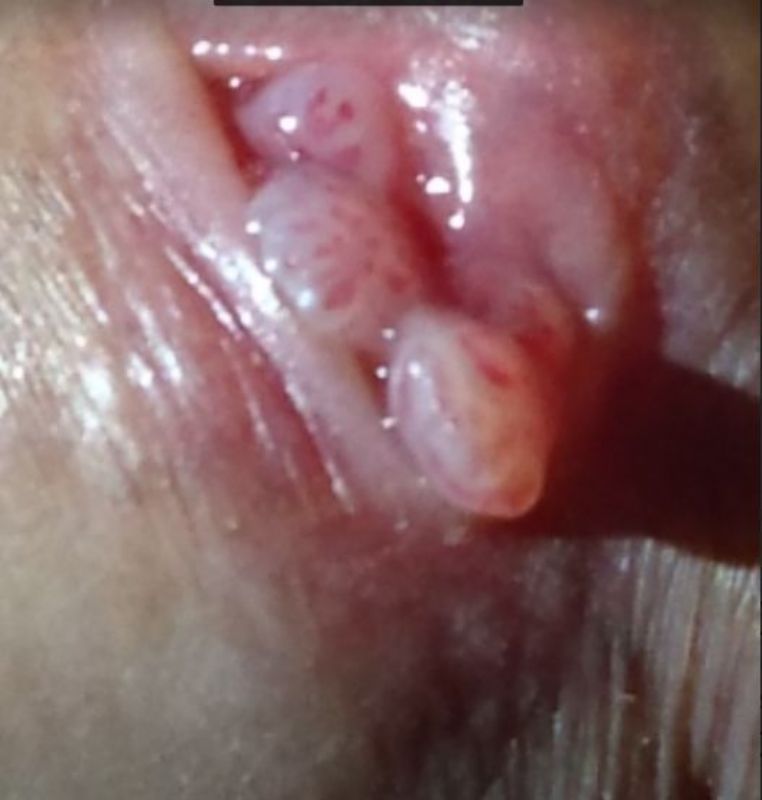
What are Genital Warts"

Cleansing the intestines from toxins while undergoing treatment is important to get rid of warts.